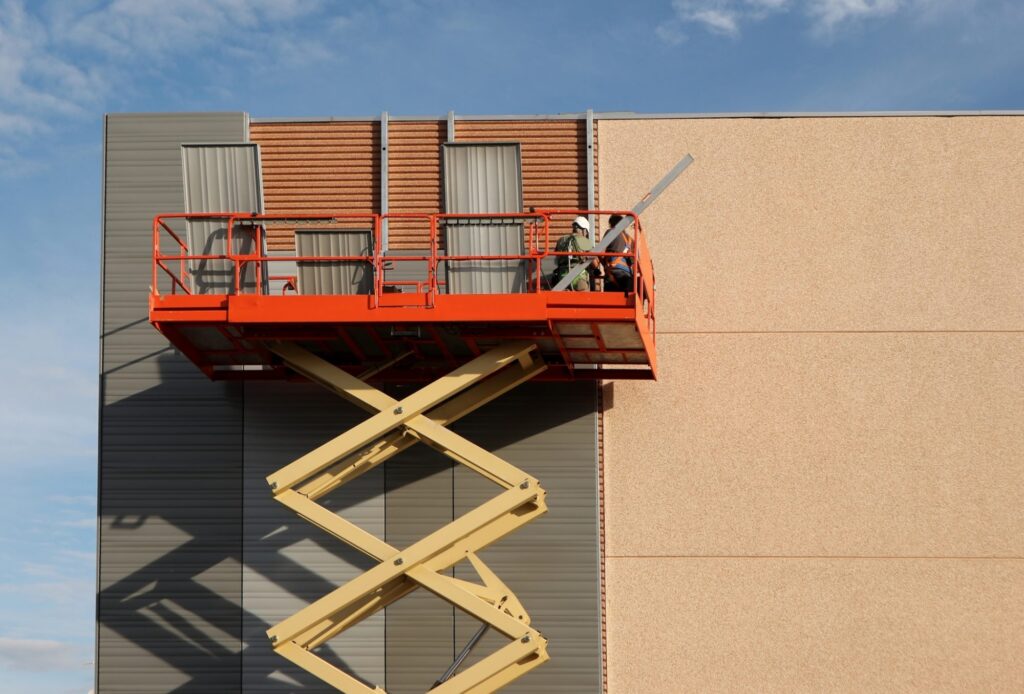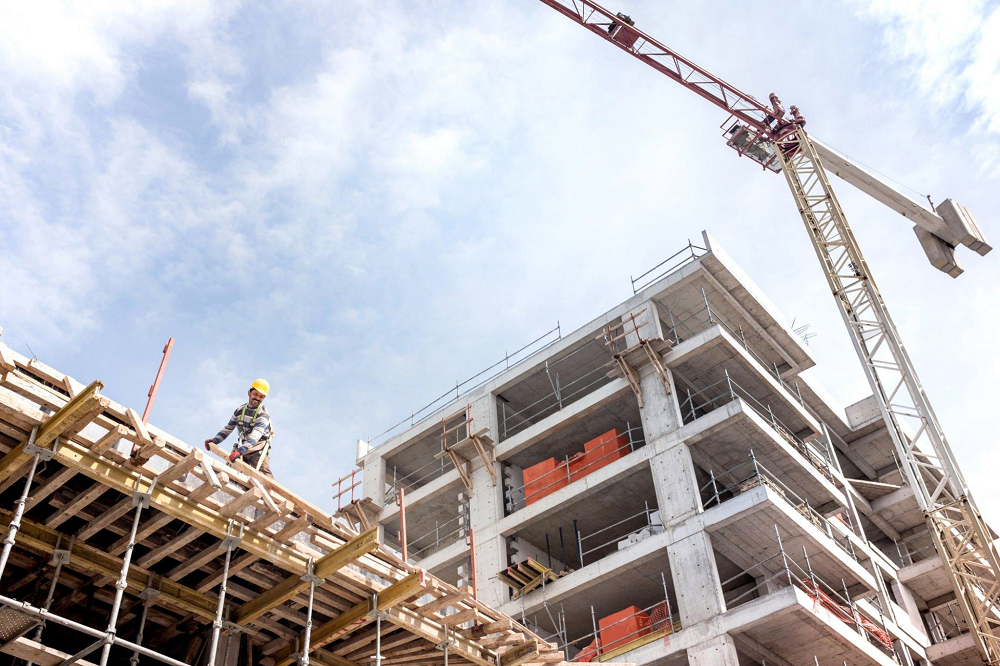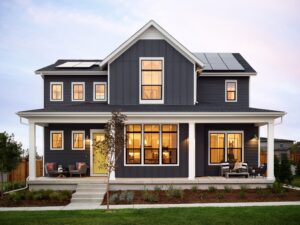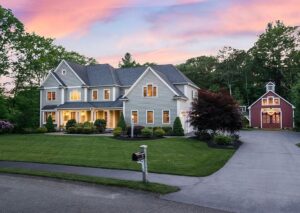All That You Should Know About Cladding Remediation

Recladding and cladding clean-up projects have just recently begun to gain momentum. You may recall the 2017 Grenfell Tower tragedy in London, which resulted in the death of 72 people due to a fire fuelled by combustible cladding.

Image Credit: https://www.istockphoto.com/photo/modern-flats-in-east-london-gm695556168-128599163?phrase=Cladding
Since then, further instances of industrial and apartment complexes suffering comparable fire damage from combustible cladding materials have occurred.
As a result, hundreds of residential and commercial strata structures in Victoria were examined, and building warnings were then issued.
Although there is greater knowledge about the problem of highly combustible cladding, there is still considerable uncertainty regarding the best procedures and fixes for cladding rehabilitation.
The best practises and procedures are still changing even though the industry is currently expanding. It is unfortunate that many owners are still unsure on how to handle their building notices.
Because no one has ever considered removing perfectly good cladding and replacing it with new cladding in environment with living tenants, cladding restoration is a totally new sector with very few expertise.
Since, cladding operation is something, that you need to take proper care of and hence before applying cladding in your building you must take the help of any cladding remediation consultation service from a reputed company like Cladding Consulting in the UK.

Image Credit: https://www.istockphoto.com/photo/part-of-urban-real-estate-modern-ventilated-facade-with-windows-diagonal-arrangement-gm1222278993-358611316?phrase=cladding%20
Guidance on cladding remediation
In this piece of advice, you will learn the basics of cladding remediation and learn how this definition will impact your day-to-day work.
It has come to light that many apartment buildings have historical fire safety issues that were either present during the initial building process or a subsequent refurbishment. Most significantly, this has led to the use of hazardous cladding on these buildings outside walls.
The Building Safety Act 2022 makes the necessary changes to the legal system so that future developments will be safe.
Due to the risks posed by these current fire safety issues, repair work may be necessary. In the most terrifying cases, it might be necessary to install proper fire compartmentation between units or replace a building’s entire cladding system.

Image Credit: https://www.istockphoto.com/photo/construction-site-view-with-tower-crane-gm940251778-257047114?phrase=Building%20structures%20
In structures that do not satisfy the requirements of a relevant building, more proportionate remedies, such as sprinkler systems or fire alarms, may be more appropriate.
If you are an eligible leaseholder, you will not be responsible for paying any costs related to repairing unsafe cladding systems. If your building owner is the developer who caused the faults or is associated to them, you will be completely covered even if you are a non-qualifying leaseholder.
What is a cladding system?
Cladding remediation is defined, for the purposes of the leaseholder safeguards under the Act, as the replacement or removal of any element of a cladding system that meets both of the following standards:
- It serves as the outside wall of any system of external walls
- It is unsafe.
How can this affect you if you are a leaseholder?
You will be shielded from any expenses incurred in connection with the removal of dangerous cladding systems provided you are a qualifying leaseholder. This indicates that you will not be responsible for paying for the removal of dangerous cladding systems if you are a qualifying leaseholder.
Regardless of whether you are a qualified leaseholder or not, it will be illegal for your landlord to transfer the expense of historical building safety remediation in relevant structures, including the removal of cladding, to you if they are connected to the developer and the problem.
If you are a leaseholder in either of these situations and you have not paid a bill or demand for payment toward the rehabilitation of dangerous cladding systems before 28 June 2022, you are not required to do so.
You will not be compensated for any money you have previously spent on cladding system rehabilitation after June 28, 2017, but it will count toward the cap on expenditures for non-cladding faults.
The government and more than 45 residential property developers have also agreed that, where relevant defects result from the design, construction, or refurbishment of buildings above 11 metres, they or their subsidiaries will repair all life-critical fire safety flaws (including cladding) in those structures.
In addition to the Building Safety Fund and the new remediation plan for buildings between 11 and 18 metres, residential leaseholders may also be eligible for grant financing for the removal of dangerous cladding systems in buildings over that height.
This will help building owners and leaseholders who don’t qualify because they are not the developer and are not connected to them.






